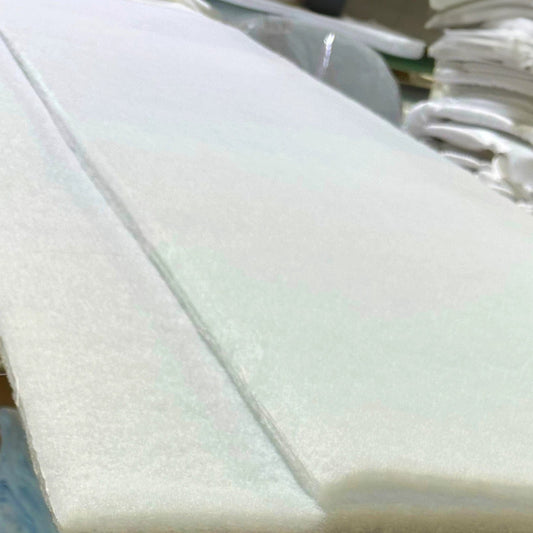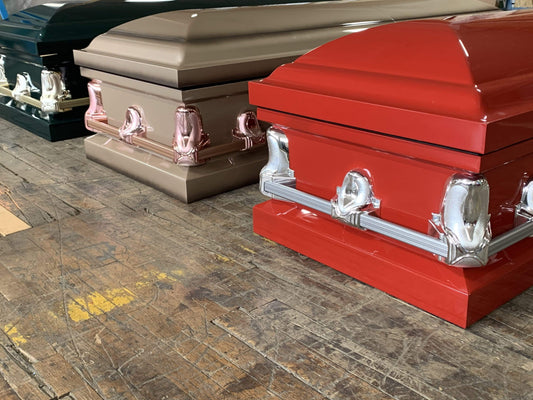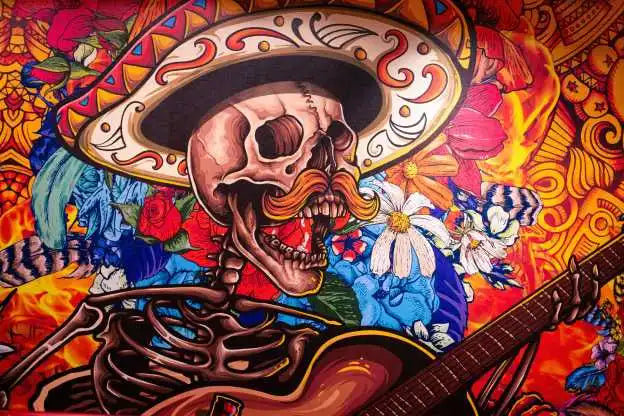The Day of the Dead: An Overview
Also referred to as Día de Muertos in Spanish, the popular Mexican festival also referred to as the Day of the Dead, is celebrated between the 31st of October and the 2nd of November. Over the course of these three days, Mexicans gather across the country to pay reverence to deceased family members and loved ones. Rather than being a sad and somber occasion, the Day of the Dead festival is a colorful occasion – involving family members visiting graves, decorating tombstones, and spending time offering remembrance. Additionally, during these three days, every home in Mexico puts up an ofrendas (exquisitely decorated altars), to welcome spirits. The Day of the Dead festival was recognized by UNESCO in 2008 as a part of the intangible cultural heritage of humanity.
History of the Festival
The Day of the Dead history proves to be an exciting mix of ancient beliefs and more recent traditions. When a family member died in ancient times, they were generally buried close to their family home. Given that they believed that the deceased lived on, but on a different plane, there was an immense emphasis on keeping in contact with the deceased’s spirit. Once the Spaniards conquered Mexico, and introduced Catholicism, these ancient beliefs were intermingled with festivals such as All Souls’ and All Saints’ Day – hence taking its current form as the Day of the Dead.
Mexicans believe that on the first day of the Day of the Dead festival (31st October, the spirits of deceased children and babies come to visit their families. Likewise, it is believed that on the next day, the spirits of deceased adults come to spend time with their families.
Foods Associated with the Day of the Dead
As a part of the festivities that followed on the Day of the Dead, every home in Mexico lays out foods loved by their deceased on the altar. This is done because the tradition states the spirits consume the aroma, as well as the essence of the food. After the spirit is said to have departed from the house, this food is then eaten and shared by the family members.
In addition to this tradition, various delicacies are prepared on the Day of the Dead – sugar skulls (with names inscribed on them) and pan de Muertos (bread). Cempasuchil, or marigold flowers, are used to decorate the altar.
Celebrations Undertaken
Across various parts of Mexico, the Day of the Dead parade is celebrated differently. For example, in certain villages, it is customary to lay flower petals from the cemetery to the home so that the spirits can follow the path to their home. While in other communities across Mexico, families spend the entire night in the cemetery, enjoying food, music, and drinks all through the night. Especially in the southern region of Mexico, festivities tend to be more colorful and vibrant – as in Chiapas, Michoacan, and Oaxaca.
Differences between Halloween and the Day of the Dead
While Halloween and the Day of the Dead do have certain similarities, the two festivals are also very different from each other. The similarities include early beliefs pertaining to death (later influenced by Christianity) and the return of spirits at a particular time of the year.
The difference lies in the fact that when it comes to the Day of the Dead, the spirits are characterized as being friendly, while on Halloween, the spirits are characterized as being malevolent.
Visiting Mexico
Visiting Mexico during the Day of the Dead parade is a win-win for travelers – enabling them to enjoy Mexico’s fall season, while also getting a chance to witness and enjoy the festivities. While many Mexican families tend to celebrate the Day of the Dead privately, there are many public festivities and celebrations that even tourists can take part in.

![Upgrade to Premium Weight [18-gauge steel]](http://titancasket.com/cdn/shop/products/casketthicknesswithnumbers.png?v=1680642906&width=533)



